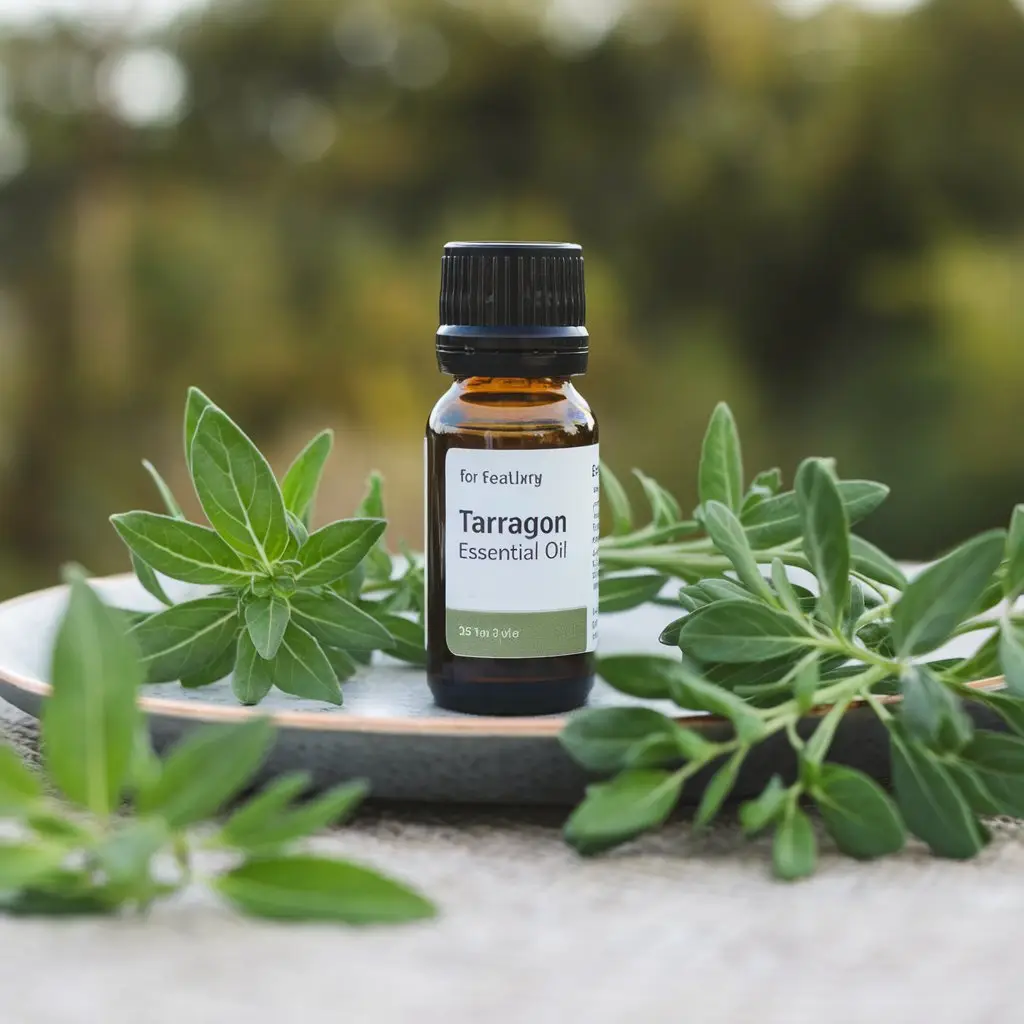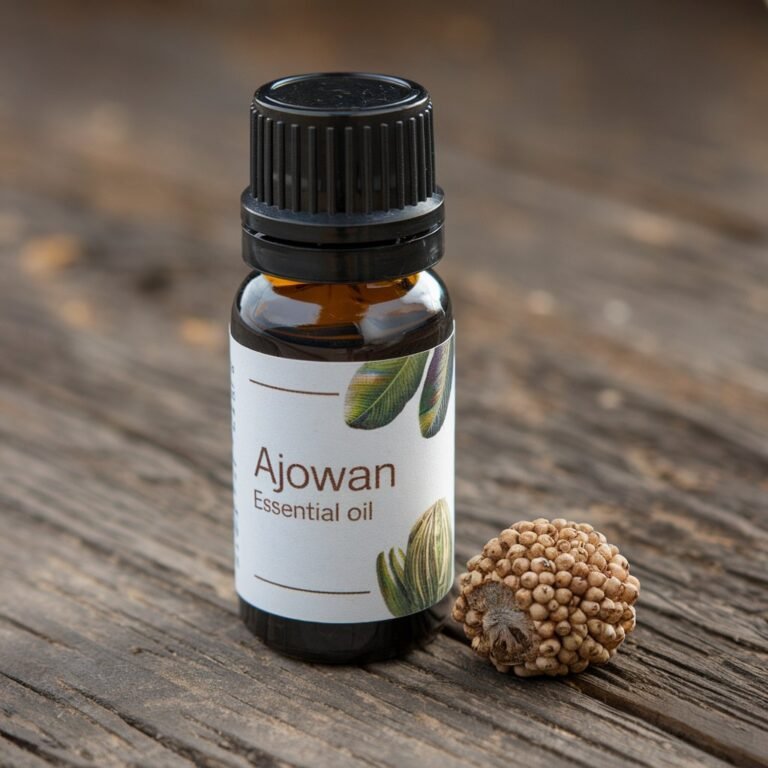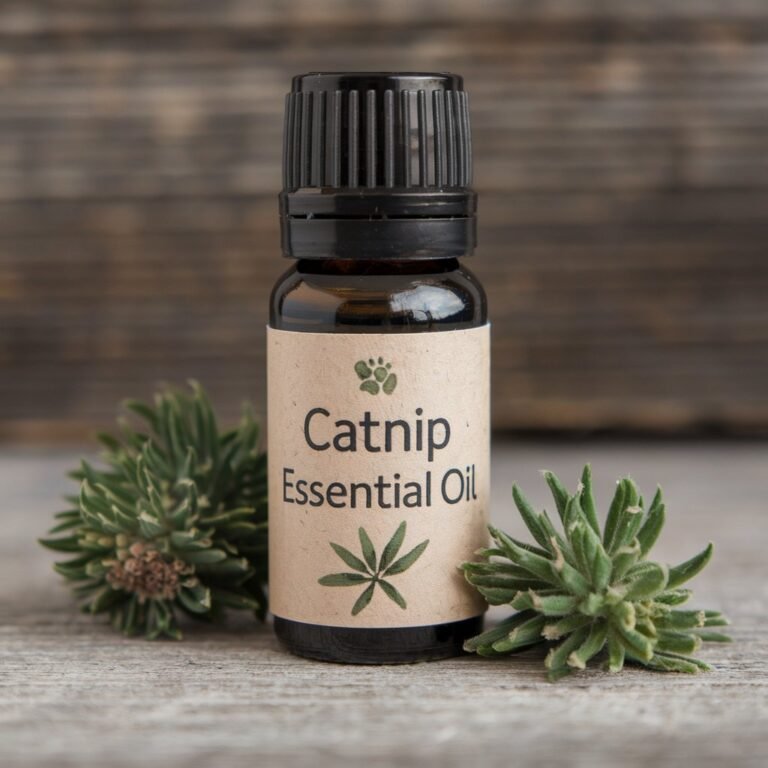Tarragon Essential Oil
Have you ever wondered about the potential benefits that can be extracted from the humble tarragon herb? Often used in culinary traditions around the world, Tarragon Essential Oil has far-reaching applications beyond the kitchen, with uses ranging from wellness routines to emotional well-being.
Recommended Brands:
Tarragon Essential Oil by Barefut
Tarragon Essential Oil by Amrita
Scientific Name/Botanical Name
Tarragon essential oil is derived from the perennial herb Artemisia dracunculus. Known for its aromatic leaves, this plant has a long history tied to both culinary and medicinal applications.
Oil Origin
Native to a swath of Eurasia and North America, the tarragon plant thrives in riverbanks, rocky steppes, and garden plots, creating a botanical tapestry that supports diverse cultural traditions.
Extraction
The essential oil is usually extracted through steam distillation from the leaves and flowering tops of the tarragon plant. This method preserves the complex mix of volatile oils that contribute to its distinctive characteristics.
Characteristics
Tarragon essential oil is a pale yellow or amber liquid. It boasts a characteristic sharpness that encapsulates a myriad of aromatic notes.
Odor
Rich and peppery, the aroma of tarragon oil is marked by its anise-like undertones. This olfactory profile makes it both captivating and unique.
Consistency
This oil typically possesses a thin to medium consistency, making it easy to blend with other oils when seeking specific therapeutic outcomes.
Country of Origin

Countries such as France, Hungary, and the United States are some of the top producers of tarragon essential oil, with France being particularly renowned for its culinary-grade herb and oil.
Evaporation
The evaporation rate of tarragon essential oil is moderate, which allows it to linger when used in diffusions or blends, providing a lasting aromatic experience.
Aroma
The aroma of tarragon essential oil is a harmonious blend of sweet and spicy notes, often considered reminiscent of fennel or anise. This scent profile lends itself well to both invigorating and calming blends.
Recommended Brands:
Tarragon Essential Oil by Barefut
Tarragon Essential Oil by Amrita
Constituents
A complex structure of compounds makes up tarragon essential oil. Its primary active constituents include estragole, methyl eugenol, and ocimene. These elements contribute to its potential therapeutic actions such as anti-inflammatory and antimicrobial effects.
Blending and Uses
Tarragon essential oil blends well with a host of other oils, enhancing both fragrance and functionality. Common pairings include lavender, anise, basil, marjoram, and lemon. These combinations can amplify its effects in aromatic, topical, and ingestible formats.
Safety
Before incorporating tarragon essential oil into any form of therapy, it is essential to consider its safety profile. Due to its methyl chavicol content, use this oil with caution, particularly with pregnant individuals and those with sensitive skin. Conduct a patch test initially and dilute appropriately to mitigate potential sensitivity.
8 Ways to Use Tarragon Essential Oil

- Essential Oil Diffuser: Add a few drops to a diffuser to combat anxiety and promote restful sleep through its calming and comforting aroma.
- Aromatherapy Massage: Incorporate it into a carrier oil to alleviate muscle tension and enhance overall relaxation during massages.
- Culinary Boost: Mix a drop with olive oil to create flavorful salad dressings or a unique dip for breads, lending a subtle yet vibrant flair to your dish.

A vibrant kitchen scene with tarragon leaves and oil bottle highlighting its use in culinary applications - Detox Bath: A few drops added to bath water can invigorate the senses and support full-body detoxification.
- Digestive Aid: Dilute a drop in water and ingest with caution to support digestive health and ease indigestion.
- Sore Throat Gargle: Combine with warm water and salt for a natural gargle to relieve a sore throat.
- Joint Health: Apply diluted oil to joints for its potential anti-inflammatory effects to support healthier motion and relief from discomfort.
- Emotional Support: Use in an inhaler during stressful situations to gain emotional confidence and mental clarity.
Conclusion
Tarragon essential oil presents a fascinating opportunity to explore the deeper nuances of this remarkable herb. Its potential health benefits make it a compelling addition to both culinary and wellness practices. Whether to uplift the spirit or soothe the senses, tarragon essential oil holds a distinguished place among essential oils for its multitude of versatile and supportive uses.
Recommended Brands:




